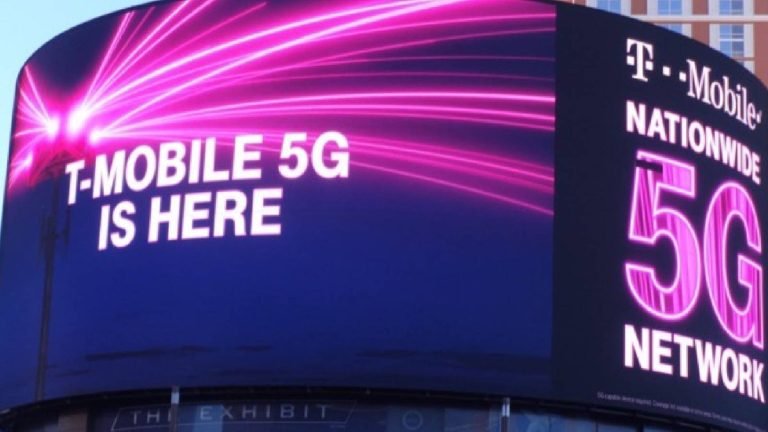Using sub-6 GHz spectrum combined with 5G Advanced technology, the company reached an impressive 550 Mbps upload speed. This achievement not only highlights T-Mobile’s leadership in the industry but also marks a significant advancement for the entire mobile ecosystem.
Why Uplink Speeds Matter
Uplink speed refers to how fast data can be sent from a user’s device, such as a smartphone or tablet, to the network. While much of the early focus on 5G has been on improving download speeds, uplink performance is equally critical. High uplink speeds enhance activities like video conferencing, cloud storage uploads, live streaming, and real-time interactive applications.
By reaching 550 Mbps in uplink speeds, T-Mobile demonstrates that 5G is evolving beyond just faster downloads to enable richer and more responsive user experiences.
Technology Behind the Record
The key to this achievement lies in T-Mobile’s use of the sub-6 GHz spectrum and Release 17 UL Tx Switching technology, part of the 5G Advanced framework. Sub-6 GHz frequencies provide a balanced combination of wide coverage and solid performance in both urban and rural environments, making it highly practical for mass adoption.
While millimeter-wave (mmWave) spectrum can deliver ultra-fast speeds, its limited range and susceptibility to interference restrict widespread use. Sub-6 GHz spectrum, on the other hand, offers better reach and penetration, allowing networks to serve more users reliably.
The 5G Advanced technology enhances network efficiency by optimizing how data is transmitted and managed. With Release 17 UL Tx Switching, T-Mobile can better utilize available spectrum, reduce latency, and improve overall throughput—resulting in consistently high upload speeds like the 550 Mbps record.

Implications for Industry and Consumers
T-Mobile’s uplink speed milestone arrives as 5G networks continue expanding globally. The record highlights the versatility and potential of 5G to support a vast range of applications beyond simple web browsing or media consumption.
Industries such as healthcare, education, entertainment, and manufacturing stand to benefit significantly. For example, faster and more reliable uplink speeds enable high-quality telemedicine consultations, seamless remote learning experiences, and smooth cloud gaming or VR sessions. Additionally, industrial IoT applications and smart city deployments rely heavily on robust two-way connectivity, where strong uplink performance is crucial.
For everyday users, this means improved video calls, faster content sharing, and enhanced cloud-based workflows. As work-from-anywhere and digital collaboration become increasingly common, strong uplink speeds are essential for maintaining productivity and communication quality.
T-Mobile’s Ongoing Commitment
This achievement reflects T-Mobile’s dedication to pushing the boundaries of mobile technology. The company has been at the forefront of 5G rollout in the U.S., expanding coverage to reach over 280 million people and continually upgrading its network to deliver faster, more reliable services.
T-Mobile’s focus on practical spectrum bands like sub-6 GHz ensures that both rural and urban communities benefit from these advancements. By enhancing uplink capabilities alongside downlink improvements, T-Mobile strengthens its network to support the next generation of mobile experiences.
Looking Toward the Future
As 5G technology advances, T-Mobile’s record uplink speed sets a new standard and opens the door for future innovations. Improvements in network infrastructure, spectrum utilization, and 5G standards promise even faster speeds, lower latency, and more resilient connections in the coming years.
T-Mobile’s breakthrough is a testament to the power and potential of 5G Advanced technology combined with smart spectrum use. As they continue to expand and innovate, the future of mobile connectivity looks more promising than ever.
Sources: T-Mobile Press Releases



 Share your Details for subscribe
Share your Details for subscribe